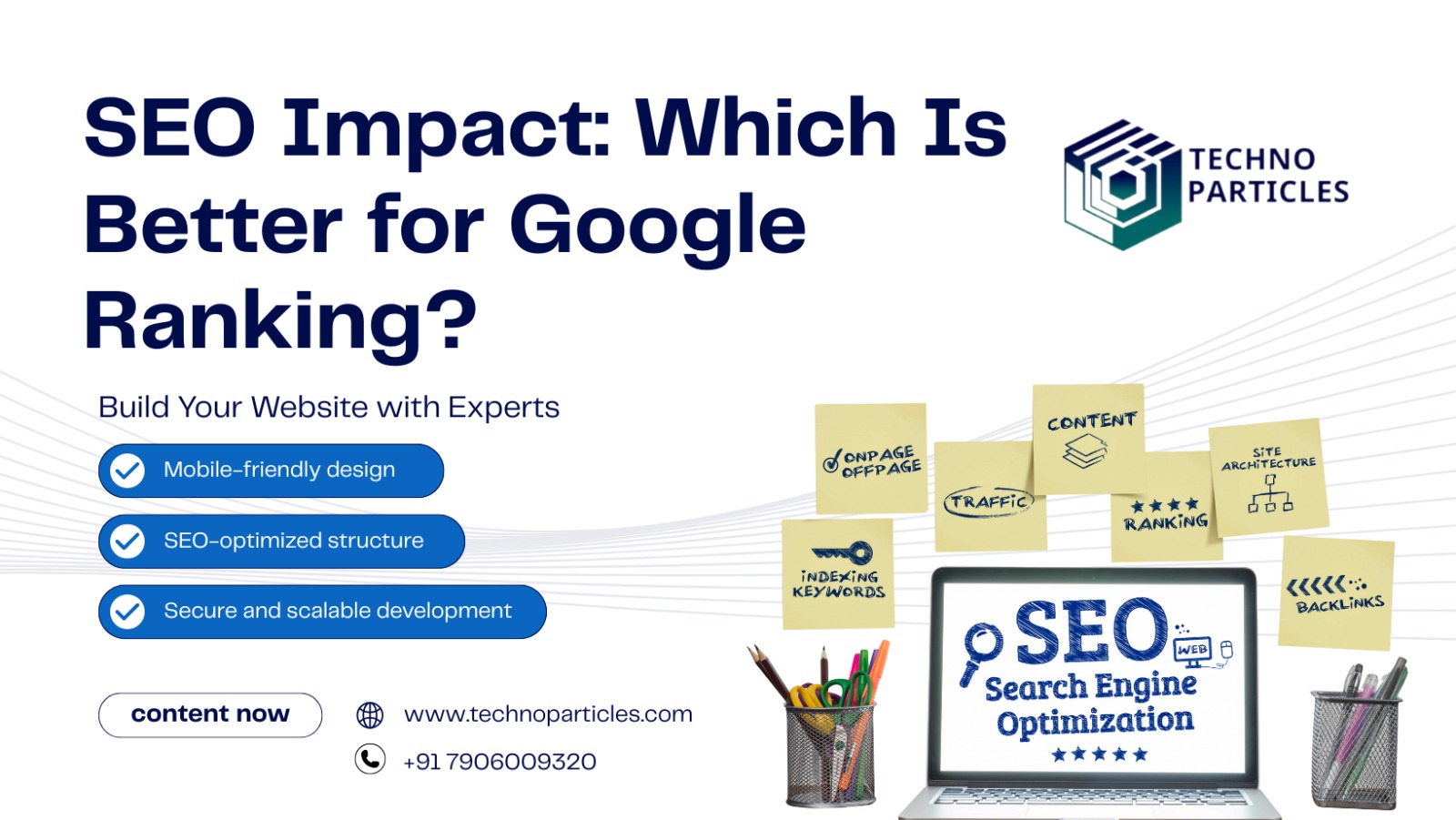Introduction
Attention: Thinking of launching a website for your business in Agra—or redesigning the one you already have?
Problem: Most businesses make the mistake of jumping into web development without understanding the difference between static and dynamic websites. The result? You either overpay for features you don’t need or limit your business with the wrong structure.
Promise: In this blog, I’ll break down what static and dynamic websites are, when to use each, and how they impact your SEO, scalability, and future growth—especially for Agra-based businesses in 2025.
1. What is a Static Website?
A static website is like a digital poster—simple, clean, and fast. Each page is pre-built with fixed content, which means it looks the same to every visitor unless manually updated.
These sites are coded with HTML, CSS, and sometimes JavaScript. There’s no backend database or server-side processing happening—so loading is super quick. Think of portfolio websites, event invites, resumes, and one-page business sites.
In Agra, static websites are perfect for small businesses that want an online presence without the need for frequent updates. Local photographers, freelancers, or home-based boutiques can benefit from the speed and affordability of static sites.
Pros: - Fast loading - Low maintenance - Cost-effective
2. What is a Dynamic Website?
Unlike a static site, a dynamic website is like a living, breathing system. It changes content in real-time based on user interaction, database updates, or backend logic.
Built using technologies like PHP, Node.js, React, or frameworks like Laravel, dynamic websites fetch content from a server or database. Think e-commerce platforms, blogs, social networks, dashboards—basically any site that needs user login, product updates, or regular content publishing.
For Agra-based businesses, a dynamic website is ideal for startups offering booking systems, online shops, educational portals, or real estate listings. For example, a property rental platform in Agra can let users filter listings, book appointments, and even chat with agents—all in real-time.
Pros: - Real-time content updates - User login and personalized content - Scalable for complex business needs - Easier to manage through CMS (like WordPress, Magento)
Cons: - Higher development cost - Requires regular maintenance - Slightly slower load time compared to static
If you plan to grow your business online with interactive features or frequent updates, dynamic websites offer the flexibility and power you need. Yes, they’re more complex—but they unlock far more functionality for long-term success.







Leave a comment